What’s a Single Board Computer and Which One Is Right for Me?
In the fast-evolving world of technology, single board computers (SBCs) have emerged as versatile and powerful tools for various applications. These compact devices pack a complete computer system onto a single circuit board, making them ideal for a wide range of projects, from hobbyist tinkering to professional applications. In this article, we’ll explore What’s a Single Board Computer and Which One Is Right for Me? We will also delve into their features, and help you decide which one might be the right fit for your needs.
Understanding Single Board Computers (SBCs)
A single board computer is a self-contained computing device that integrates all the essential components of a traditional computer onto a single board. These components typically include a microprocessor, memory (RAM), storage, and various input/output interfaces. What sets SBCs apart is their compact size and the ability to run complete operating systems like Linux, making them highly versatile for a multitude of tasks.
Key Features of Single Board Computers
Processor
SBCs come with different types of processors, ranging from energy-efficient ARM-based processors to more powerful x86 processors. The choice of processor determines the overall computing power and capabilities of the SBC.
Memory (RAM)
The amount of RAM affects the system’s multitasking capabilities. More RAM allows for smoother performance when running multiple applications simultaneously.
Storage
SBCs typically use microSD cards or onboard eMMC storage for data storage. The choice of storage depends on the project requirements and the need for higher data transfer speeds.
Connectivity
Connectivity options vary between different SBCs. Common features include USB ports, HDMI or other display interfaces, Ethernet, and wireless connectivity such as Wi-Fi and Bluetooth.
GPIO (General Purpose Input/Output)
GPIO pins allow the SBC to interact with the physical world. This is crucial for projects involving sensors, actuators, and other hardware components.
Operating System (OS) Compatibility
SBCs support various operating systems, with Linux being a popular choice due to its lightweight nature. Some SBCs also support Windows or other operating systems, depending on the architecture.
Top SBC’s available
Raspberry Pi
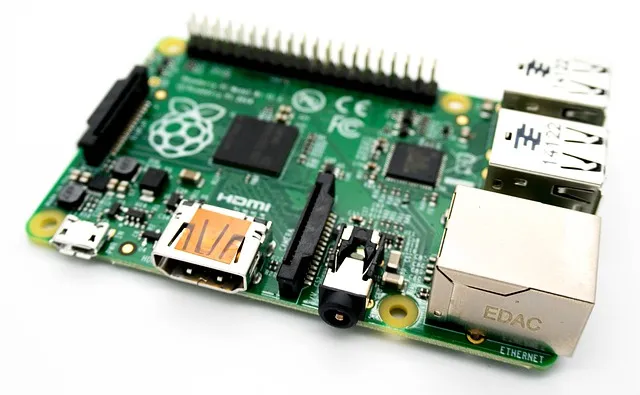
A highly popular single-board computer known for its affordability, versatility, and user-friendly design. Equipped with a Broadcom processor, various models cater to different needs, making it an excellent choice for a wide range of projects, from educational endeavors to DIY home automation and media centers. Its expansive community support ensures a wealth of resources and tutorials, contributing to its status as a go-to SBC for beginners and experienced makers alike.
- Advantages:
- Broad community support and extensive documentation.
- Multiple models catering to different needs.
- Affordable and widely available.
- Disadvantages:
- Limited processing power for demanding applications.
- Relatively limited RAM.
Arduino
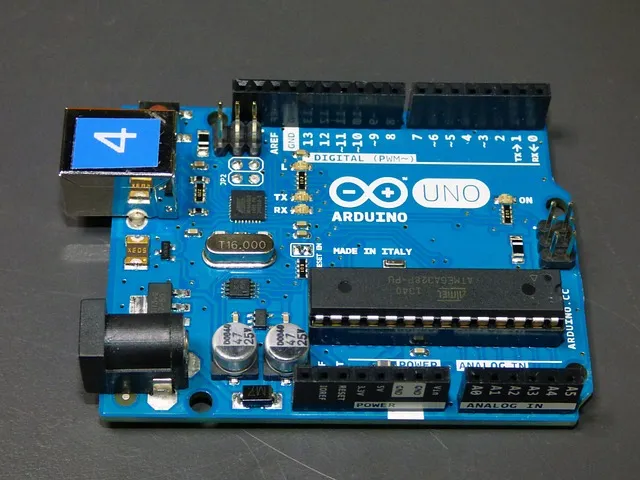
Arduino, while not a traditional single-board computer, is a microcontroller platform widely used for embedded systems and electronics projects. Renowned for its simplicity and real-time processing capabilities, Arduino boards are favored in robotics, sensor applications, and prototyping. Its open-source nature fosters a vast ecosystem of libraries and shields, making it a staple for electronics enthusiasts and professionals seeking a reliable platform for hardware development.
- Advantages:
- Ideal for embedded projects and prototyping.
- Simplified programming with Arduino IDE.
- Low power consumption.
- Disadvantages:
- Limited computing capabilities compared to more advanced SBCs.
- May require additional components for certain functionalities.
NVIDIA Jetson
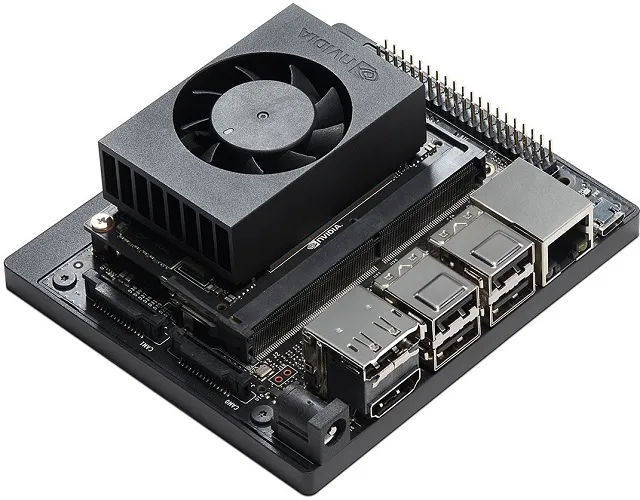
NVIDIA Jetson stands out as a high-performance single-board computer specifically designed for artificial intelligence and machine learning applications. Equipped with powerful GPUs, the Jetson series offers accelerated computing, making it suitable for advanced robotics, computer vision, and deep learning projects. Its robust connectivity options and support for high-definition video make it an ideal choice for developers working on cutting-edge AI applications.
- Advantages:
- Powerful GPU for AI and machine learning applications.
- Multiple GPIO pins for connectivity.
- Excellent performance for its size.
- Disadvantages:
- Higher cost compared to some other SBCs.
- More power-hungry.
Odroid
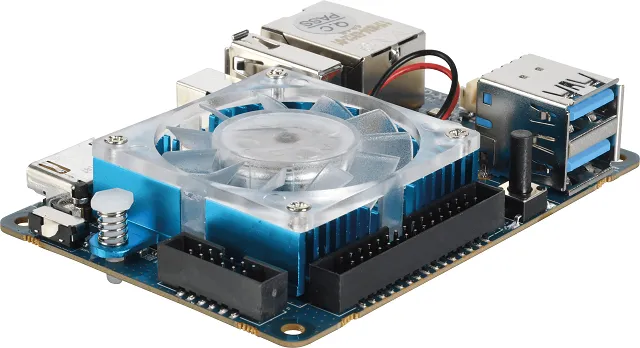
A line of single-board computers is recognized for its enhanced performance and capabilities. The Odroid XU4, for example, features an octa-core processor, making it well-suited for gaming, multimedia applications, and projects requiring a higher level of computational power. With multiple USB ports, Gigabit Ethernet, and HDMI output, Odroid boards cater to users looking for a balance between performance and connectivity.
- Advantages:
- Higher processing power compared to many SBCs.
- USB 3.0 ports for faster data transfer.
- Good for multimedia applications.
- Disadvantages:
- Pricier than some other SBC options.
- Limited community support compared to Raspberry Pi.
BeagleBone
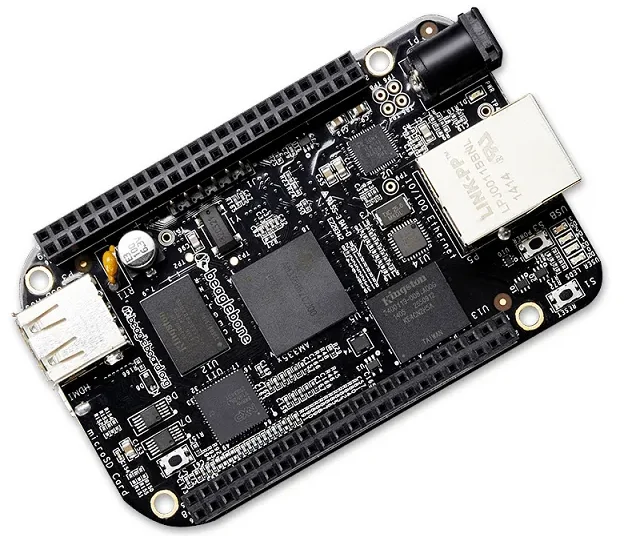
It is an open-source single-board computer offering flexibility and real-time processing capabilities. Its design includes features such as Ethernet, USB, and HDMI, making it suitable for a range of embedded and IoT projects. While its cost is relatively higher, BeagleBone’s openness allows for customization and integration into various applications. The PRU (Programmable Real-Time Unit) support enhances its real-time capabilities, making it a choice for users with specific requirements in time-sensitive applications.
- Advantages
- Open-source design and hardware, providing flexibility for customization.
- Extensive I/O capabilities, suitable for a variety of embedded and IoT projects.
- More built-in features (Ethernet, USB, HDMI) compared to some other SBCs.
- Real-time processing capabilities for time-sensitive applications.
- Enhanced connectivity options with PRU (Programmable Real-Time Unit) support.
- Disadvantages
- Higher cost compared to some popular SBCs like Raspberry Pi.
- Smaller community compared to Raspberry Pi, leading to fewer available resources.
- Limited processing power compared to some other SBCs in its price range.
- Availability of accessories and add-ons may be more limited compared to competitors.
- Not as beginner friendly as some other SBC options.
Choosing the Right Single Board Computer
When choosing the right single-board computer (SBC) for your project, several key points merit careful consideration. Firstly, assess the project’s computing requirements, including processing power, memory, and storage needs. Consider the available I/O ports and connectivity options to ensure compatibility with peripherals and sensors. Factor in the budget constraints, as different SBCs come with varying price points. Community support is crucial; opt for SBCs with active communities to access valuable resources, tutorials, and troubleshooting assistance. Evaluate the ease of programming and development tools, especially if you’re a beginner.
Additionally, consider the size and form factor, ensuring that the SBC fits within the physical constraints of your project. Finally, examine the availability of accessories and add-ons, as well as long-term support and compatibility for future expansion or upgrades. By thoroughly examining these factors, you can select an SBC that aligns with your project’s specific needs and goals.
Conclusion
Selecting the right single board computer depends on your specific requirements. Whether you are a hobbyist experimenting with DIY projects, an educator introducing students to computing, or a professional working on industrial applications, there’s likely an SBC that suits your needs. As you explore the world of single board computers, consider factors such as processing power, memory, connectivity, and GPIO capabilities to find the perfect match for your endeavors. Hile you like this article on What’s a Single Board Computer and Which One Is Right for Me?
